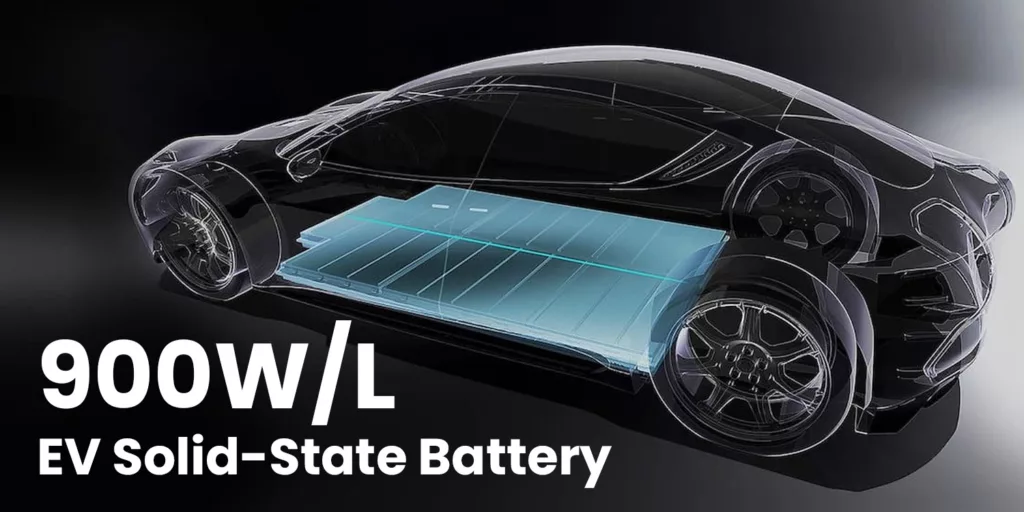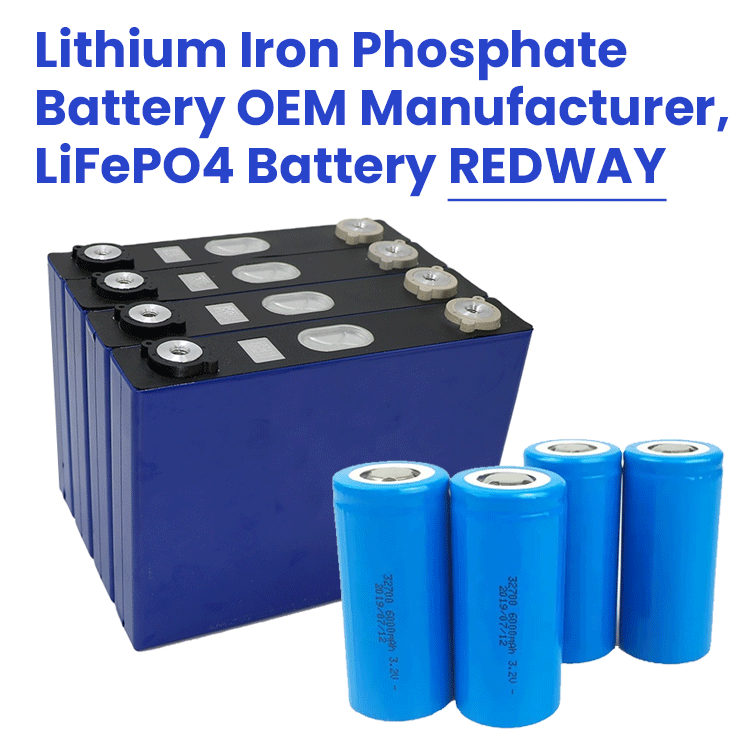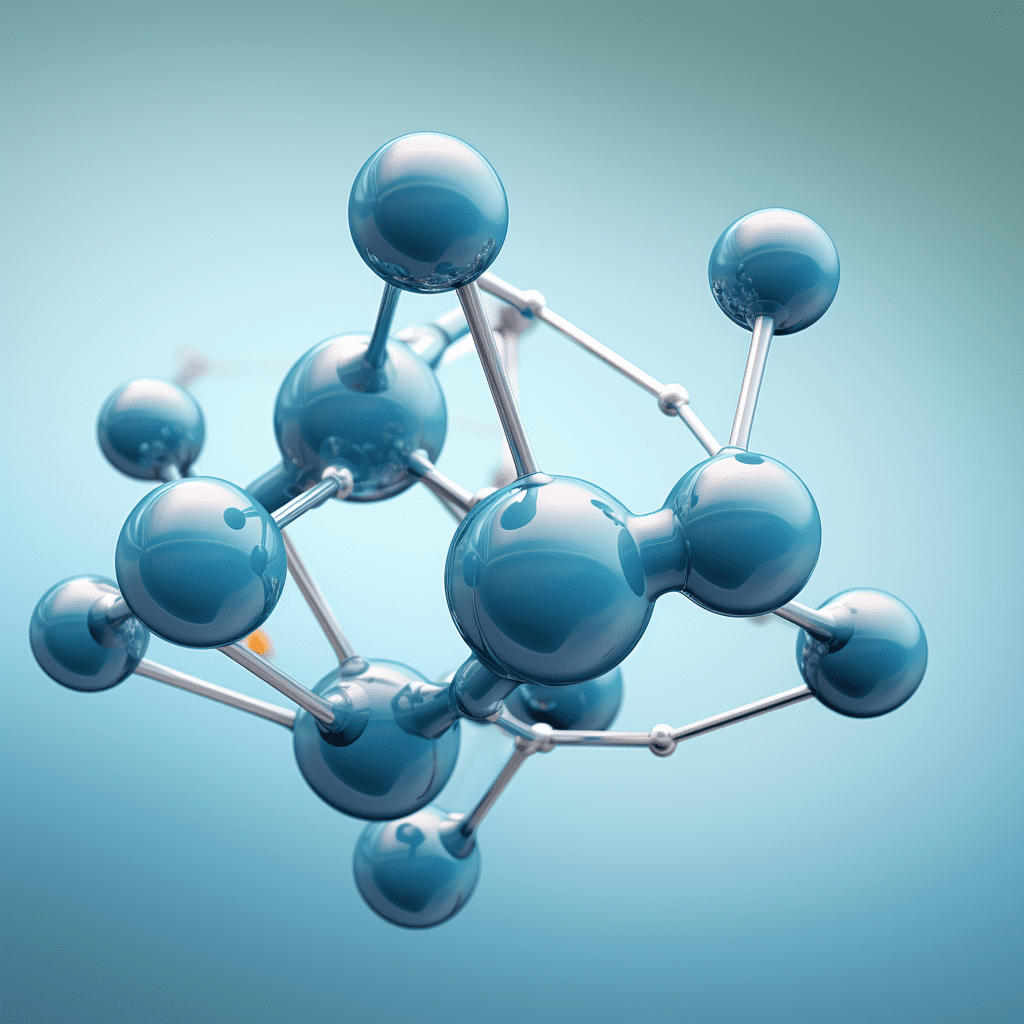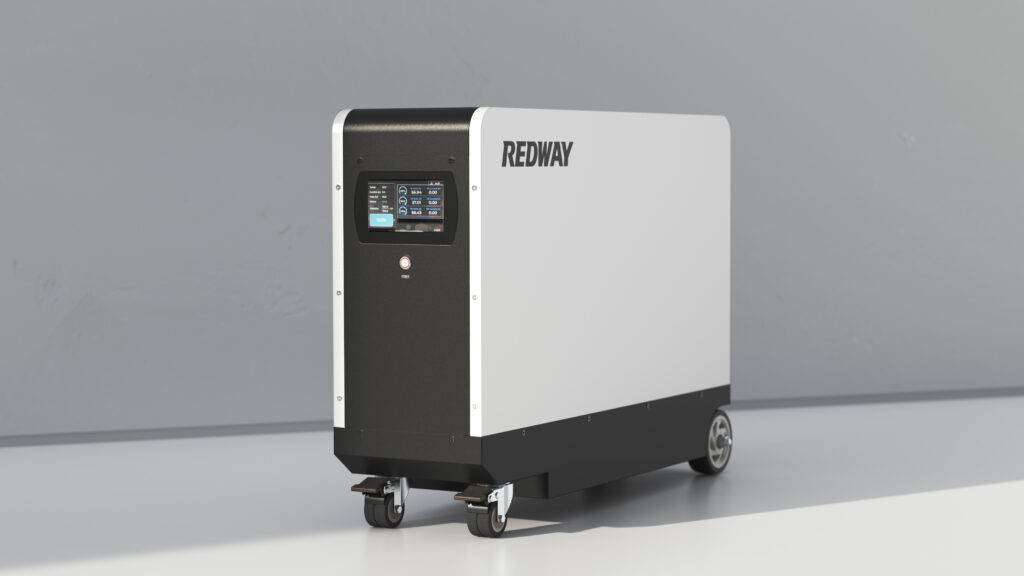A 3.7 V lithium ion battery is a top choice for many gadgets because of its benefits. It has a high energy density and is very light, making it great for portable devices. Plus, it lasts a long time. In this guide, we’ll look at what makes these batteries special and how to take care of them.
Key Takeaways:
- 3.7 V lithium ion batteries are versatile power sources used in various applications.
- These batteries offer high energy density, lightweight design, and long-lasting performance.
- Proper storage, assembly, and care practices are crucial for optimizing battery performance.
- Understanding battery parameters and safety measures is essential for safe usage.
- By following the guidelines in this guide, you can make the most out of your 3.7 V lithium ion batteries.
Key Features of 3.7 V Lithium Ion Batteries
3.7 V lithium ion batteries are popular for several reasons. They have a 3.7 V voltage that powers many devices. These batteries are known for their high energy density, which means they last a long time. They are also light and small, perfect for things like cell phones or laptops. These batteries keep their charge well, even when not used for a while.
Key Features:
- Voltage: 3.7 V
- High energy density
- Lightweight and compact
- Low self-discharge rate
The 3.7 V voltage fits a lot of devices, like phones and laptops. They work for a long time without needing to recharge. Their small size makes them great for gadgets that need to be portable.
3.7 V lithium ion batteries are famous for their steady power. They make sure devices run well and efficiently.
One big plus of these batteries is their low self-discharge rate. This means they keep their charge even if you don’t use them for a while. It’s great for backup systems or devices you don’t use often.
In short, 3.7 V lithium ion batteries are top-notch for power. They offer the right voltage, a long-lasting charge, are small, and keep their charge well. This makes them the perfect power source for many devices, boosting their performance.
| Key Features | Description |
|---|---|
| Voltage | 3.7 V |
| High energy density | Long-lasting power output |
| Lightweight and compact | Ideal for portable devices |
| Low self-discharge rate | Retains charge during inactivity |
Benefits of Using a 3.7 V Lithium Ion Battery
A 3.7 V lithium ion battery has many pluses for different uses. They pack a lot of power in a small space, thanks to their high energy density. This feature is perfect for items like smartphones and wearables that need to be small.
Lithium ion batteries at 3.7 V also keep their charge well. This is great for backup power or for emergency tools, as they’re always ready when you are.
Plus, these batteries last a long time. They can charge and drain multiple times without much wear. So, you save money and help the planet by using them again and again.
On top of that, they are light and easy to carry. This is ideal for devices you take with you. Think of things like portable games or medical tools. These batteries keep things light while giving power.
So, the 3.7 V lithium ion battery brings many good things. They are efficient, reliable, and liked by many. It is the go-to choice for lots of users and tech makers.
Storage Recommendations for 3.7 V Lithium Ion Batteries
Keeping your 3.7 V lithium-ion batteries in top shape is key. Follow these storage tips to make sure they last longer:
- Store them in a cool place, around 5°C to 15°C. High or low temperatures can harm the battery.
- Charge your batteries to 40% to 50% before storing. This stops them from getting too low on power.
- Keep them away from places with corrosive gases. These gases can damage the battery’s parts.
- If you plan to store them long term, charge them every year. This keeps them from losing power over time.
For a short time, a dry area from -20°C to 35°C is good. But, for long storage, aim for a spot that’s 10°C to 30°C. This will protect your batteries and keep them working well.
| Storage Recommendations | Benefits |
|---|---|
| Low Temperature Storage (5°C – 15°C) | – Preserves battery performance – Enhances battery lifespan |
| Charging to 40% – 50% | – Prevents over-discharge – Maintains battery power during storage |
| Avoiding Corrosive Gases | – Protects battery components – Prevents performance degradation |
| Regular Recharging (Every 12 months) | – Prevents self-discharge – Maintains battery capacity |
Assembly of a 3.7 V Lithium Ion Battery Pack
Assembling a 3.7 V lithium-ion battery pack needs your full focus and right components. I’ll walk you through it carefully:
Gather the Necessary Components
First, check you’ve got everything you need. You should have these:
- Lithium-ion battery cells
- A protection circuit board
- Connecting wires
- Battery clips
- A battery enclosure
Inspect the Battery Cells
Next, look closely at the lithium-ion battery cells. Make sure they match what you need in capacity, voltage, and max charge/discharge current. This is key for the battery pack to work safely and well.
Connect the Protection Circuit Board
The protection circuit board is critical. It stops the battery from overcharging, overdischarging, and short circuiting. Be careful connecting it to the battery cells. Make sure the connections are tight and well-soldered. Watch out for the positive and negative ends to avoid problems later.
Make Proper Wire Connections
Good wire connections are vital for the battery pack to do its job right. Connect the wires correctly to the protection circuit board and battery cells. Use the right wire size to lessen resistance. Make sure all the connections are solid to avoid any problems down the road.
Place the Battery Pack in an Enclosure
After the battery pack is set, put it in a suitable enclosure. This enclosure keeps the pack safe and supports it. Pick one that fits the pack perfectly and allows heat to escape well.
Components for 3.7 V Lithium Ion Battery Pack Assembly
| Component | Description |
|---|---|
| Lithium-ion battery cells | Rechargeable battery cells that provide the power source for the battery pack. |
| Protection circuit board | A board that includes built-in safety features to protect the battery pack from overcharging, overdischarging, and short circuits. |
| Connecting wires | Wires used to establish electrical connections between the cells and the protection circuit board. |
| Battery clips | Clips or holders used to secure the battery cells and maintain proper connections. |
| Battery enclosure | A protective case or housing that holds the battery cells and provides insulation and support. |
Care Practices for 3.7 V Lithium Ion Batteries
It’s crucial to take good care of your 3.7 V lithium ion batteries. This helps maintain their performance and increases their life. By caring for them properly, your devices will keep running smoothly.
First, avoid overcharging or over-discharging the batteries. Doing so can harm them. And always unplug the charger when the battery is full.
Keeping the batteries at the right temperature is also key. Too hot or too cold can be bad for them. So, make sure they stay in a place that’s not too extreme in temperature.
Avoiding short circuits is important too. Don’t let the battery terminals touch metal. This could damage the battery. Always be careful and use protective covers when needed.
Also, try not to drop or hit the batteries hard. This can cause harm inside the battery. Always handle them gently.
When you’re not using the batteries, keep them in a cool, dry place. Not too cold or too hot. Put them in a safe container to keep them from getting wet or touching metal.
Watch out for any odd signs from your batteries. If they start getting hot, leaking, or smoking, get rid of them safely. Follow what your local recycling center says to do.
Remember:
- Avoid overcharging or over-discharging
- Keep batteries within their safe temperature range
- Avoid short circuits by preventing metallic contact with terminals
- Minimize vibrations and physical impacts
- Store batteries in a dry, well-ventilated place
- Address any abnormalities promptly
| Do | Don’t |
|---|---|
| Avoid overcharging or over-discharging | Expose batteries to extreme temperatures |
| Keep batteries within their safe temperature range | Allow short circuits by metallic contact with terminals |
| Handle batteries with care to minimize vibrations and physical impacts | Drop or subject batteries to unnecessary shocks |
| Store batteries in a dry and well-ventilated place | Store batteries in environments with high humidity or extreme temperature |
| Address any abnormalities promptly | Continue using batteries that exhibit signs of heating, leaking, or smoke emission |
Understanding Lithium-Ion Battery Parameters
Working with 3.7 V lithium-ion batteries means we must know certain key features. These features help us understand the battery’s capabilities. Let’s look at these important factors closely.
Battery Capacity (Ah)
The battery’s capacity tells us how much energy it can hold and use. Measured in ampere-hours (Ah), a bigger number means more power for longer. This is great for things that need power all the time.
Voltage (V)
Voltage is the power difference between the battery’s ends. For 3.7 V lithium-ion batteries, it shows how much power it can send to a device. It’s key to make sure the battery and device can work well together.
Maximum Charge/Discharge Current (A)
This shows the most power the battery can give at once. Measured in amperes (A), it hints at how good the battery is for devices using a lot of power. Or for quickly charging your battery.
Cycle Life
Cycle life tells us how many times a battery can be charged and used before it loses too much power. Knowing this is important for long-term battery use. A longer life means you won’t need to replace it as often.
Self-Discharge Rate
The self-discharge rate is how fast the battery loses power when not being used. A low rate means the battery stays charged longer while waiting to be used. This is important for batteries we don’t use every day.
| Parameter | Definition | Unit of Measurement |
|---|---|---|
| Battery Capacity | Energy storage and discharge capability | Ampere-hours (Ah) |
| Voltage | Potential difference between terminals | Volts (V) |
| Maximum Charge/Discharge Current | Maximum continuous current supply | Amperes (A) |
| Cycle Life | Number of charge and discharge cycles | N/A |
| Self-Discharge Rate | Rate of discharge when not in use | N/A |
Source: Battery Tech
Lithium-Ion Battery Storage Checklist
Keeping your 3.7 V lithium-ion battery in top shape is key to both safety and performance. Here are steps to store it correctly:
- Remove the battery: Always take the battery out of the device before storing it.
- Charge or discharge: Make sure your battery’s voltage is about 3.8V. Do this by either charging or using it until it reaches this level.
- Protect the terminals: Cover the battery’s terminals with something like electrical tape or terminal caps. This step avoids any harm from touching these areas.
- Fireproof container: Keep the battery in something fireproof, like a bag, to lower any risks of fire or explosions in case it malfunctions.
- Temperature and environment: Choose a place with good airflow and a steady room temperature of 68°F to 77°F. Also, keep it away from heat and things that can easily catch fire.
- Fire safety: Always have a fire extinguisher close by if something goes wrong with the battery.
- Disposal: When throwing away the battery, wrap it in insulating material. This makes sure it won’t short-circuit with anything else.
Following these steps keeps your 3.7 V lithium-ion battery safe and working well. It also helps it last longer.
Safety Measures for Lithium-Ion Battery Storage in Factories
It’s key to store lithium-ion batteries safely in factories. This reduces risks and keeps everyone secure. By following certain safety steps, the storage of 3.7 V lithium-ion batteries becomes much safer.
Maintain Controlled Temperature
Battery warehouses must have the right temperature. This stops batteries from getting too hot or cold, which can damage them. A controlled temperature, like between 20°C and 25°C, lowers the risk of any major battery issues.
Create Clean, Dry, and Well-Ventilated Warehouses
Warehouses for batteries need to stay clean and dry. This stops damage caused by dust and moisture. Also, good air flow from ventilation takes out any harmful gases
Install Smoke and Temperature Alarm Devices
Alarms for smoke and temperature are a must. They catch fire issues early, letting people react fast. It’s very important to check and keep these alarms working well.
Interlock Accident Exhaust Devices with Alarms
Tying exhaust devices to alarms means dangerous gases are cleared fast in an emergency. This prevents fires or explosions that those gases could cause.
Neatly Place Batteries in Non-Combustible Storage Facilities
Organize lithium-ion batteries in safe storages made from non-burning materials. This keeps fires from spreading if one starts.
Implement Automatic Sprinkler Facilities
Sprinkler systems should be in place. They put out fires, helping to keep damage and harm low.
Limit Fireproof Zone Size
Keep battery storage zones small to slow fire spread. This makes it easier to put the fire out and protect everyone.
Additional Safety Measures
Other steps can boost battery storage safety. Use special gear in risky areas. Have safe spots for bad batteries to avoid dangers.
Following these safety tips makes factories safer for storing 3.7 V lithium-ion batteries. This protects against the dangers of battery storage, making sure the workplace is safe for all.
Step-by-Step Guide to Building an 18650 Battery Pack
Building an 18650 battery pack takes detailed planning and careful steps. You’ll need 18650 Li-ion batteries, a holder or pack, a soldering iron, heat shrink tubing, cutters, and strippers. You might also want a battery protection circuit and charger.
First, choose your battery pack’s setup. You can pick series or parallel settings, based on your power needs.
Series configuration links batteries end-to-end. This raises the pack’s voltage but keeps its capacity level.
Parallel configuration connects batteries side by side. It doesn’t change the voltage but ups the total capacity and power.
Before assembling, check each battery’s voltage and capacity. They should match to get the best performance and life from your pack.
Now, start connecting batteries as you’ve decided. Match the positives with negatives carefully. Use sturdy methods like soldering or spot welding.
To keep your pack safe, consider adding a protection circuit. This safeguard stops overcharging, over-discharging, and short circuits.
After connections, seal your battery pack with heat shrink tubing. This step ensures insulation and safety.
Finally, test your pack to ensure it works. Use a multimeter or charger to measure voltage and capacity. They should be correct for a working pack.
Always maintain safety during assembly. Be careful with the batteries and work in a ventilated space. If you’re unsure, get help.
With this guide, you can make your own 18650 battery pack. It’s great for gadgets or big projects, giving reliable power for a long time.
The Intricate World of Lithium-Ion Battery Assembly
Putting together a lithium-ion battery is detailed work that needs sharp focus and deep know-how. To make a 3.7 V battery, you need the right stuff. This includes battery cells, circuit boards, wires, and battery cases. Getting top-quality gear that all works well together is key.
The first step is linking the circuit board to the battery cells securely. You must carefully connect each wire. Use insulation to shield everything from damage. This helps prevent energy loss and keeps the battery going strong.
Next, once everything’s connected, the battery needs a solid case. The right case supports the battery and protects it from harm. Choosing a good one means the battery will last longer.
Using laser welding is another step to make sure everything fits just right. This method keeps the battery safe from extra stress during assembly.
Taking great care of the battery afterward is vital. Keep it away from extreme heat or cold. Watch for any signs of trouble, like leaks or getting too hot. Doing regular check-ups helps spot and fix problems before they get bad.
Long story short, making a 3.7 V lithium-ion battery is all about the details and the aftercare. Stick to best practices, and you’ll have a battery that lasts and works well for a long time.
Conclusion
3.7 V lithium ion batteries are vital for many uses. They bring power that’s reliable, efficient, and long-lasting. Their design is both lightweight and packed with energy.
It’s key to store, assemble, and care for these batteries correctly. This helps them last longer and stay safe. Whether in small gadgets or big power sources, knowing how to handle them well is important.
Follow our tips to get the best from your 3.7 V lithium ion batteries. With proper care, they will light up your devices without fail. Trust in their performance and enjoy their power.
FAQ
What are the key features of 3.7 V lithium ion batteries?
3.7 V lithium ion batteries are known for their high voltage that is 3.7 V. They are very powerful yet lightweight. They do not lose their charge quickly when not in use.
What are the benefits of using a 3.7 V lithium ion battery?
Using a 3.7 V lithium ion battery means you will have a lot of power in a small package. They stay charged for a long time. These batteries can be used over and over again. They’re also easy to carry around.
How should I store 3.7 V lithium ion batteries?
Storing these batteries right is key. Keep them in a cool place, preferably between 5°C and 15°C. Before storing, charge them to about halfway, 40 – 50%.
Make sure they don’t get too hot or too cold. Also, keep them away from things that might damage them.
How do I assemble a 3.7 V lithium ion battery pack?
To put together a 3.7 V lithium ion battery pack, use these items: battery cells, a protection circuit board, wires, clips, and a container. Check the battery cells closely. Follow the directions for connecting the wires and cells to the circuit board.
What care practices should I follow for 3.7 V lithium ion batteries?
Treat these batteries with care. Don’t let them get too full or too empty. Avoid situations where they might short-circuit.
Keep them safe from shaking or hard hits. When you’re not using them, store them in a dry place. This place should also be well-ventilated.
What parameters should I consider when working with 3.7 V lithium ion batteries?
When it comes to these batteries, remember the size, the voltage, and how much current they can handle. Also, think about how many times you can charge and use them before they wear out. Lastly, consider how quickly they lose their charge when not in use.
What should be included in a lithium-ion battery storage checklist?
Before keeping a lithium-ion battery long-term, do a few things. Take it out of what it powers. Make sure it’s not fully charged, about 3.8V is good.
Use safe materials to store it in. A bag or container that can handle a fire is a good choice. Store it in a place that’s not too hot and has fresh air.
What safety measures should be taken for lithium-ion battery storage in factories?
Keeping batteries safe in factories means controlling the temperature and making sure the place is clean and has good air flow. Use alarms that warn about too much heat or smoke. Make sure the fans and alarms work together to keep everyone safe.
The place where batteries are stored must not burn easily. Use special equipment and rooms for batteries that are not working right or are not needed anymore.
How do I build an 18650 battery pack?
For an 18650 battery pack, gather batteries, a holder, a soldering iron, heat shrink tubing, and tools for working with wires. Put the batteries together properly and protect them if you can. Wrap all the batteries with heat shrink tubing to make them secure.
What is involved in the intricate world of lithium-ion battery assembly?
Making lithium-ion batteries means getting the right parts and tools, connecting them carefully, and putting everything in a safe container. Care and attention to detail are key to making sure these batteries work well and safely.
What should I know about 3.7 V lithium ion batteries?
These batteries are a great choice for many uses because they are strong and light. You can trust them to work for a long time. Remember, how you store, use, and take care of them is really important for their performance and safety.




